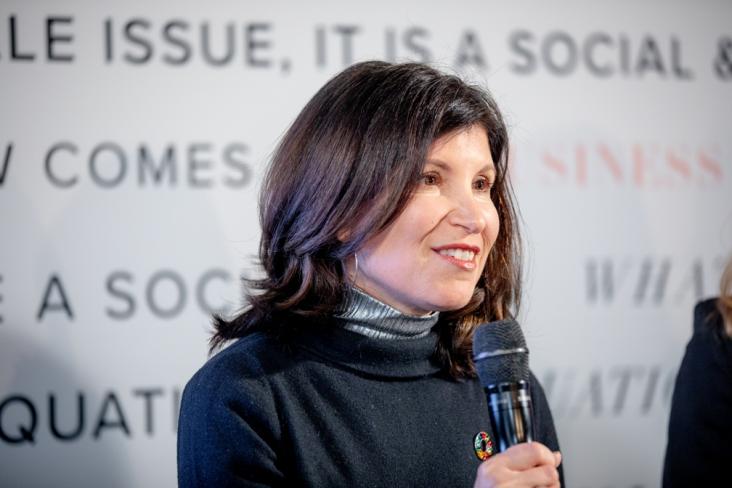Feminism is a social movement that promotes gender equality and social justice for all individuals, regardless of gender identification.
This special issue from The Lancet focusses on SDG 5 (gender equality) within science, medicine, and global health, contributing to SDG 3 (good health and wellbeing). This issue also contributes t
Directly contributing to SDG 10 (reduced inequalities), SDG 5 (gender equality) and SDG 4 (quality education), this report investigates sexual harassment incidents within academia and discusses the uprising of online naming and shaming of sexual harassment culprits.

During the World Economic Forum in Davos, Márcia Balisciano, Corporate Responsibility Director at RELX Group, spoke about how women are advancing the 17 SDGs in a panel empowering women to advance the goals.
This chapter content advances SDG 3 and 5 by explaining how diethylstilbestrol has been used in the past by obstetricians, gynecologists, and family physicians to treat pregnant women with the intent to prevent miscarriage, and the antimiscarriage use of this drug had side effects that became tragically clear soon after the commercialization showing the failure of adequate preclinical testing.
This podcast highlights how the #MeToo campaign is tackling sexual harassment in the workplace and helping to empower women. It is advancing SDG 5, gender equality.
Sexual and gender based violence (SGBV) is notoriously difficult to investigate and prosecute.

